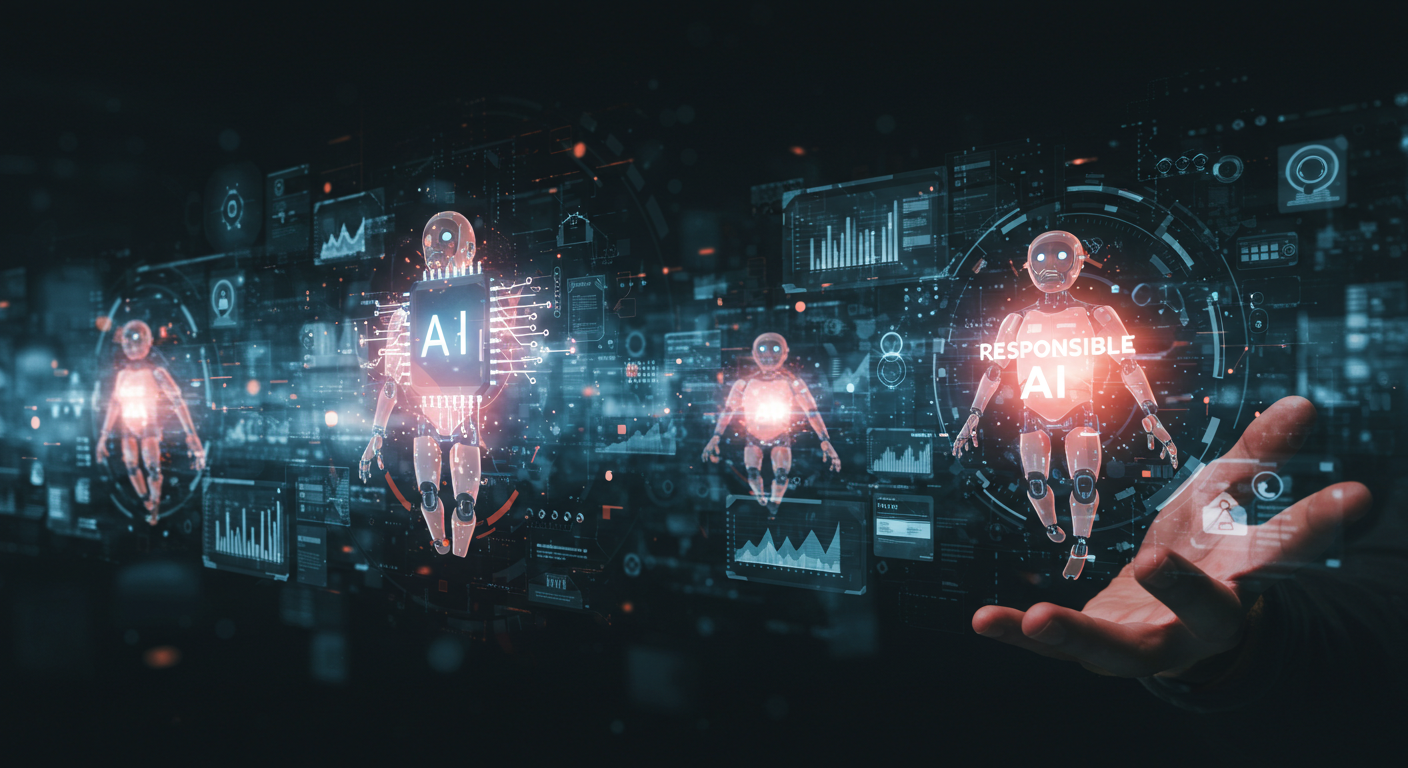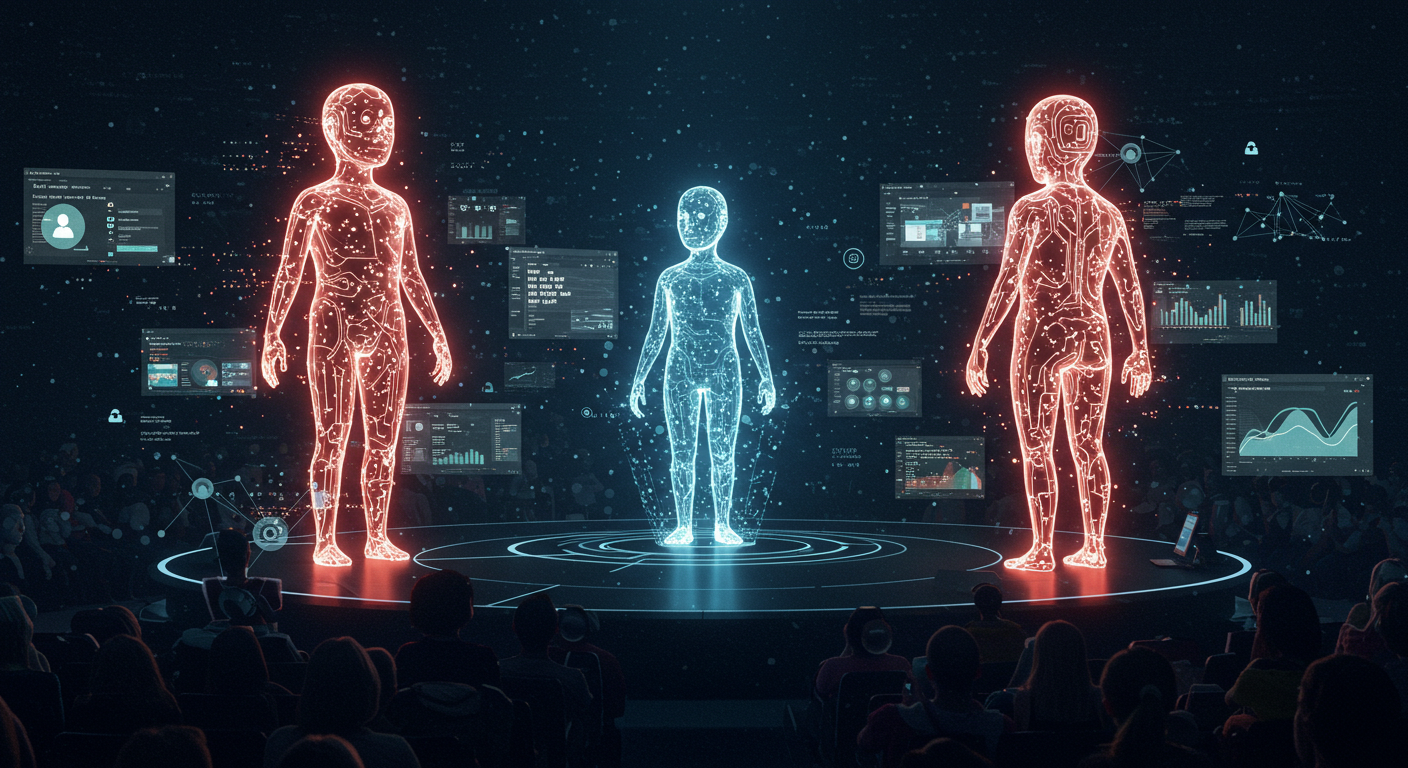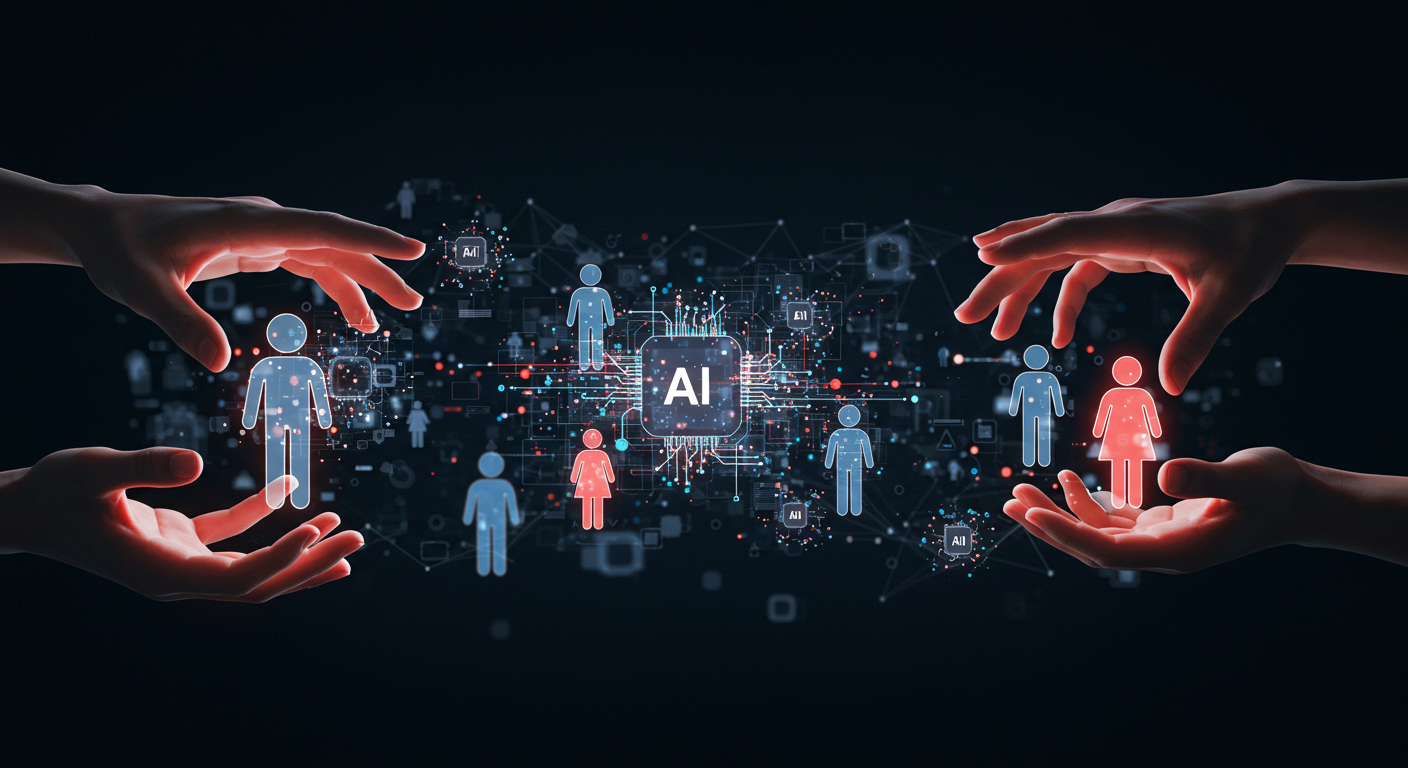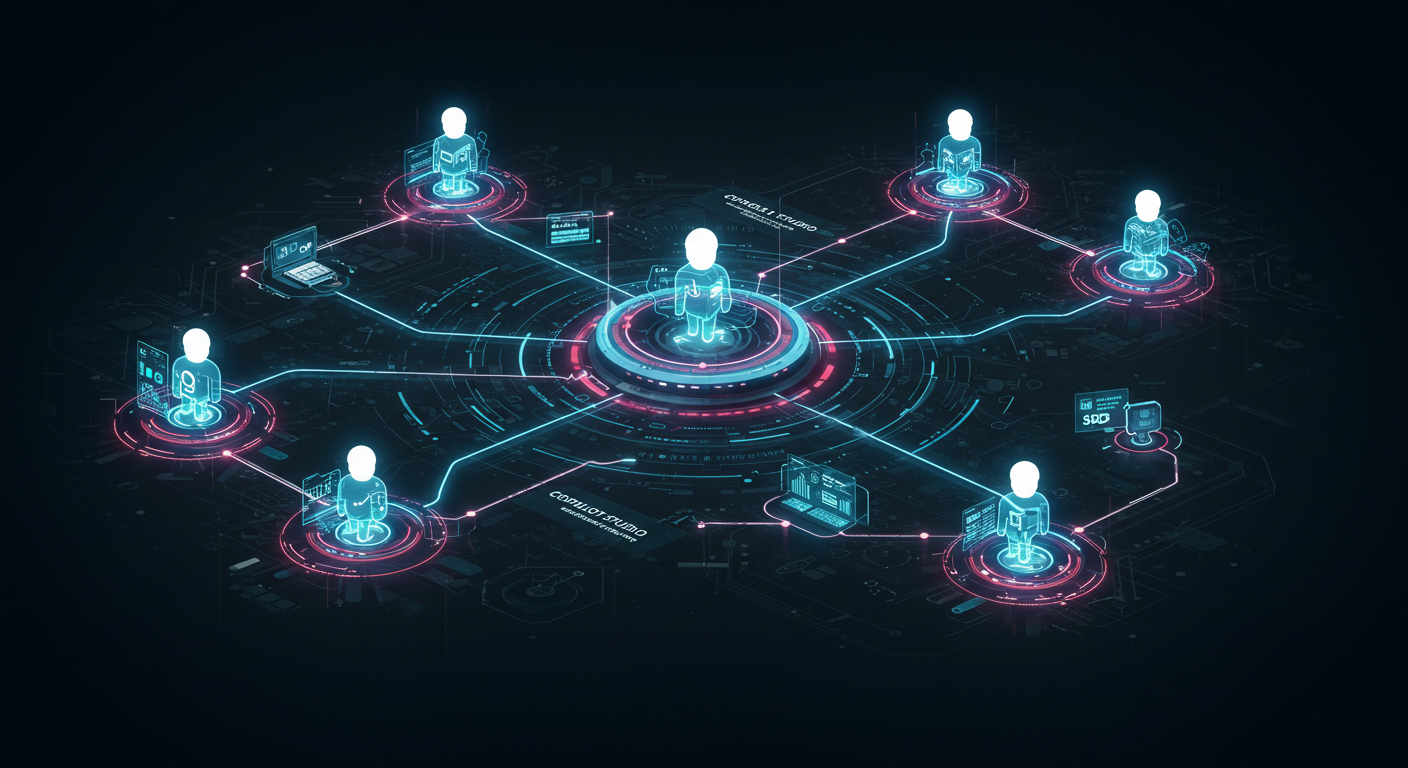
Microsoft Build 2025 Day 2: Agents in Action & The Call for Responsible AI
Microsoft Build 2025 Day 2: Agents in Action & The Call for Responsible AI
After the electrifying announcements from Day 1 of Microsoft Build 2025, where the “age of AI agents” was firmly declared, I was eager to see how Day 2 (May 20th) would build on that foundation. And it did not disappoint! If Day 1 was about the grand vision, Day 2 felt much more focused on putting these intelligent agents into action, refining the tools for developers, and critically, underscoring the immense importance of Responsible AI as we step into this new agentic era.
The energy was still palpable, but there was a distinct shift towards practical implementation, deeper technical dives, and ensuring this powerful technology is built and deployed thoughtfully. Here are my key takeaways from an inspiring Day 2:
Copilot Studio: Advanced Agent Composition & Orchestration
Building on Day 1’s multi-agent orchestration news, Day 2 brought more clarity on how developers will build and manage these sophisticated agent interactions within Copilot Studio:
- Advanced Agent Skill Composer (Conceptual): Microsoft (hypothetically) unveiled a more visual and intuitive “Skill Composer” within Copilot Studio. This would allow developers to more easily define complex skills, chain them together, and set conditions for how agents collaborate, almost like designing a sophisticated workflow for AI teams.
- Cross-Service Triggering & Contextual Memory Enhancements: We saw demos (again, conceptual for this post) of how agents could be triggered by events in one service (e.g., a new high-priority email in Outlook) and then intelligently act across multiple other services (e.g., summarize the email, find relevant files in SharePoint, draft a reply in Teams, and create a task in Planner), all while maintaining a much richer contextual memory of the ongoing interaction. This is where the true power of multi-agent systems will shine.
Azure AI Foundry: Refining the Engine for Agent Development
The Azure AI Foundry continues to be central, with Day 2 announcements (hypothetically) focusing on operationalizing agent development:
- Agent Monitoring & Observability Suite: As agents become more autonomous, understanding their behavior is crucial. A new suite of tools within Azure AI Foundry was showcased for monitoring agent performance, tracking decision-making processes (where possible), and debugging multi-agent interactions. This is vital for building robust and reliable agentic systems.
- Expanded Fine-Tuning Capabilities for SLMs: Following the introduction of new models like Grok 3 and Flux Pro 1.1 on Day 1, Day 2 likely detailed enhanced, user-friendly interfaces and APIs within Azure AI Foundry for fine-tuning these Smaller Language Models (SLMs) with enterprise-specific data, making agents even more specialized and effective.
Developer Experience: GitHub Copilot Agent & M365 Toolkit Updates
The developer experience remains paramount:
- GitHub Copilot Agent - Deeper Dives & Customization: After the big reveal of the autonomous GitHub Copilot Agent on Day 1, Day 2 sessions likely provided deeper technical dives, showcasing more complex code generation, bug-fixing scenarios, and (hypothetically) introducing more enterprise controls for customization and policy enforcement when using the agent on proprietary codebases.
- Microsoft 365 Agent Toolkit - New Templates & Debugging Features: The M365 Agent Toolkit probably received updates with more pre-built agent templates for common enterprise scenarios and enhanced debugging tools within Visual Studio and VS Code to help developers troubleshoot their custom M365 agents more effectively.
The Spotlight on Responsible AI & Safety
This was, for me, one of the most critical themes of Day 2. With the immense power of AI agents comes an equally immense responsibility. Microsoft (I’d imagine) dedicated significant time to:
- New Responsible AI Agent Framework (Conceptual): A framework was likely introduced outlining principles, best practices, and perhaps even new tools to help developers build agents that are fair, reliable, safe, private, secure, and transparent. This might include guidelines for human oversight, explainability features, and bias detection in agent training data.
- AI Safety Research & Red Teaming Efforts: Microsoft probably shared updates on its ongoing AI safety research, including red teaming efforts designed to proactively identify and mitigate potential harms and misuse scenarios for advanced AI agents.
- Emphasis on Human-AI Collaboration Controls: Demos would have showcased how users can effectively control, override, and collaborate with AI agents, ensuring humans remain in the loop, especially for critical decisions.
This focus is absolutely essential for building public trust and ensuring that the “age of AI agents” is beneficial for everyone.
Windows AI & The Intelligent Edge: Practical Scenarios
Day 2 likely built on the Windows AI Foundry announcements by showing more practical applications:
- Windows AI Agent Sandbox (Conceptual): A new sandbox environment for developers to safely build, test, and iterate on AI agents that interact with Windows apps and the Model Context Protocol (MCP) before wider deployment.
- NLWeb & MCP Integration Demos: More compelling demos showing how websites using NLWeb and Windows apps using MCP can seamlessly share context and collaborate with on-device AI agents, leading to richer, more integrated user experiences.
Data Fabric & Real-time Agent Insights
The importance of data as the lifeblood of AI agents was further emphasized:
- Microsoft Fabric - New Agent Connectors (Conceptual): To make it easier for AI agents to access and reason over diverse enterprise data, new dedicated “Agent Connectors” for Microsoft Fabric were likely announced, simplifying the process of grounding agents in both operational and analytical data.
- Real-time Data Streaming for Agents: Showcases of how agents can leverage real-time data streams from Fabric (and other sources) to make more timely and contextually relevant decisions.
My Overall Takeaway from Day 2: From Vision to Responsible Reality
If Day 1 painted the grand vision of an agentic future, Day 2 was all about rolling up our sleeves and figuring out how to build that future responsibly and effectively. The deeper dives into Copilot Studio, the focus on developer tooling, and especially the strong emphasis on Responsible AI and safety were incredibly reassuring.
Microsoft isn’t just building powerful AI; they’re also clearly thinking hard about how to empower developers to build trustworthy AI. The new (hypothetical) tools for monitoring, fine-tuning, and the Responsible AI Agent Framework are steps in the right direction.
The path to a fully realized “open agentic web” is complex, but the commitment from Microsoft is undeniable. As I continue my explorations on Domdhi.com, these advancements in agent capabilities, coupled with a strong ethical compass, will be at the forefront of what I experiment with and write about.
The future is not just intelligent; it must be responsible. Day 2 of Build 2025 gave me hope that we’re on the right track.
What were your standout moments or key concerns after Build 2025 Day 2? I’d love to hear your perspectives in the comments!


